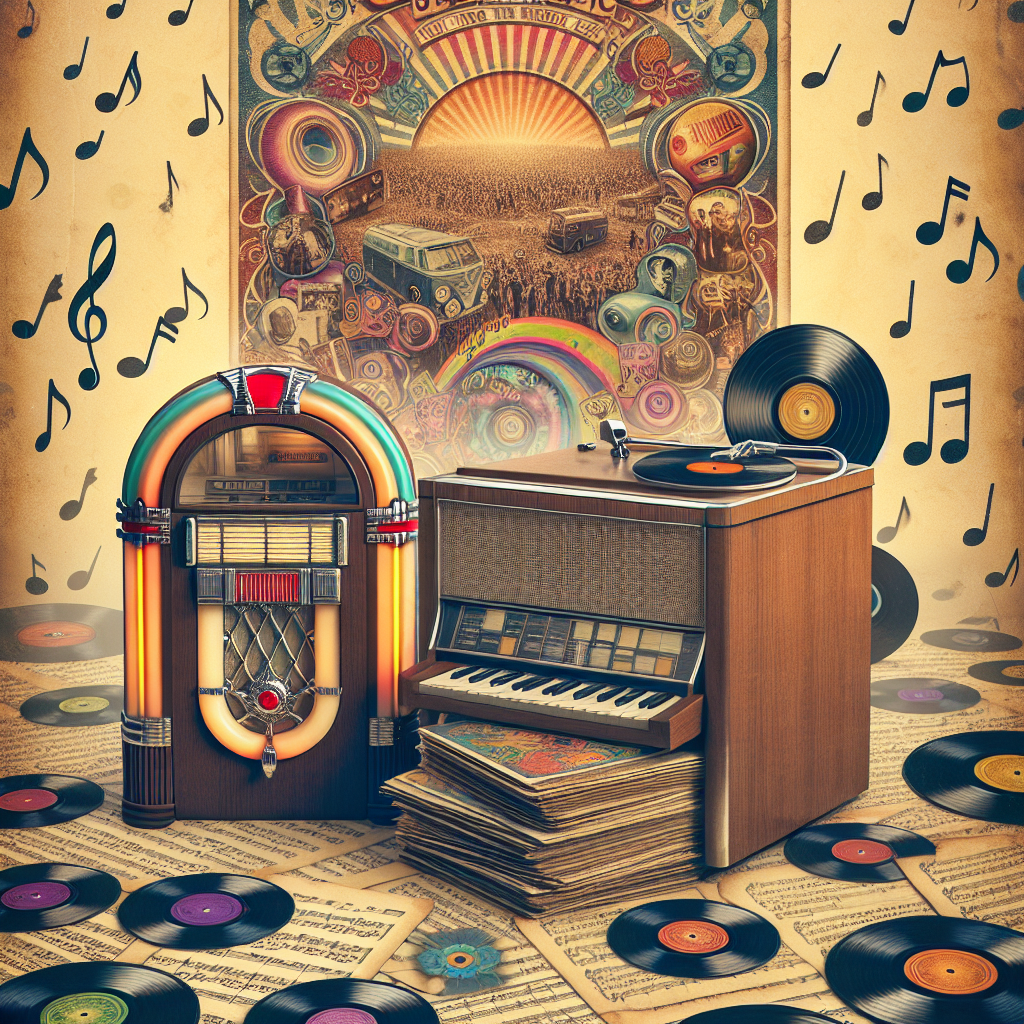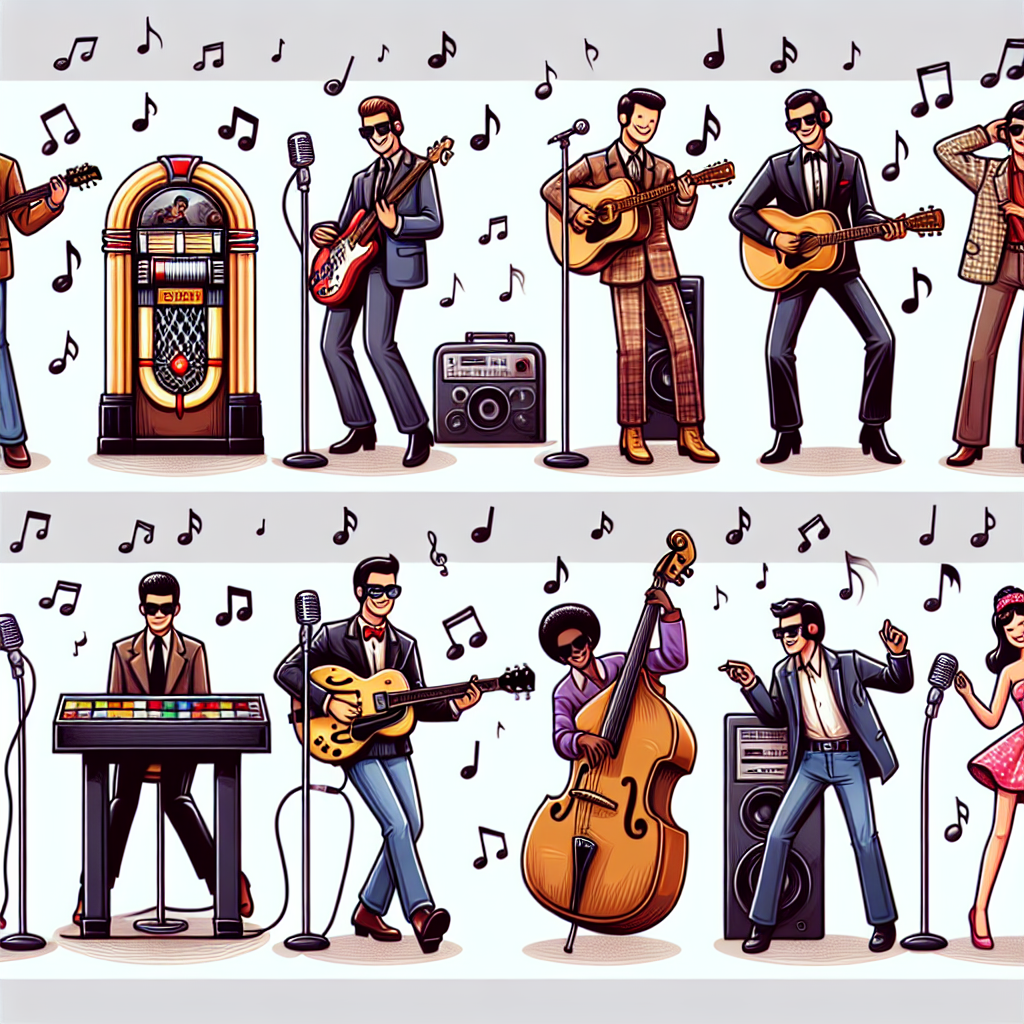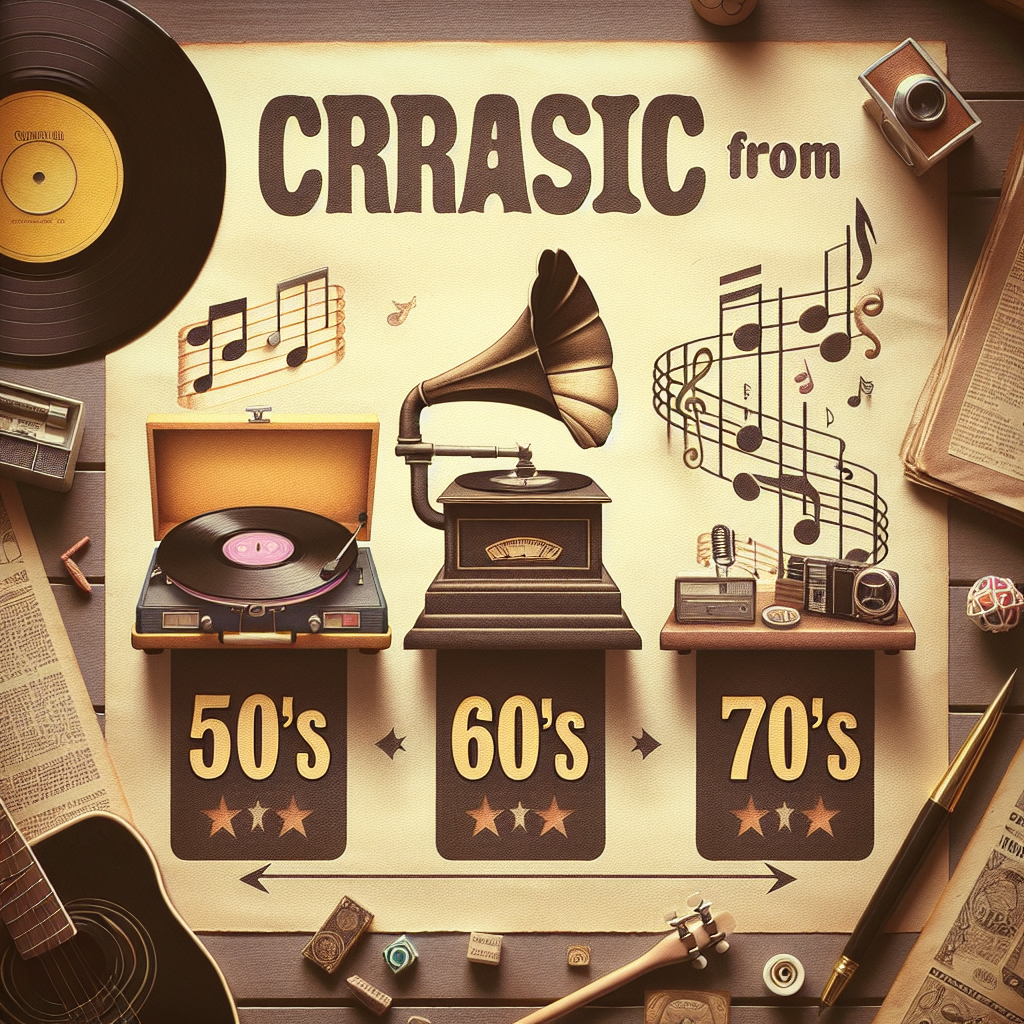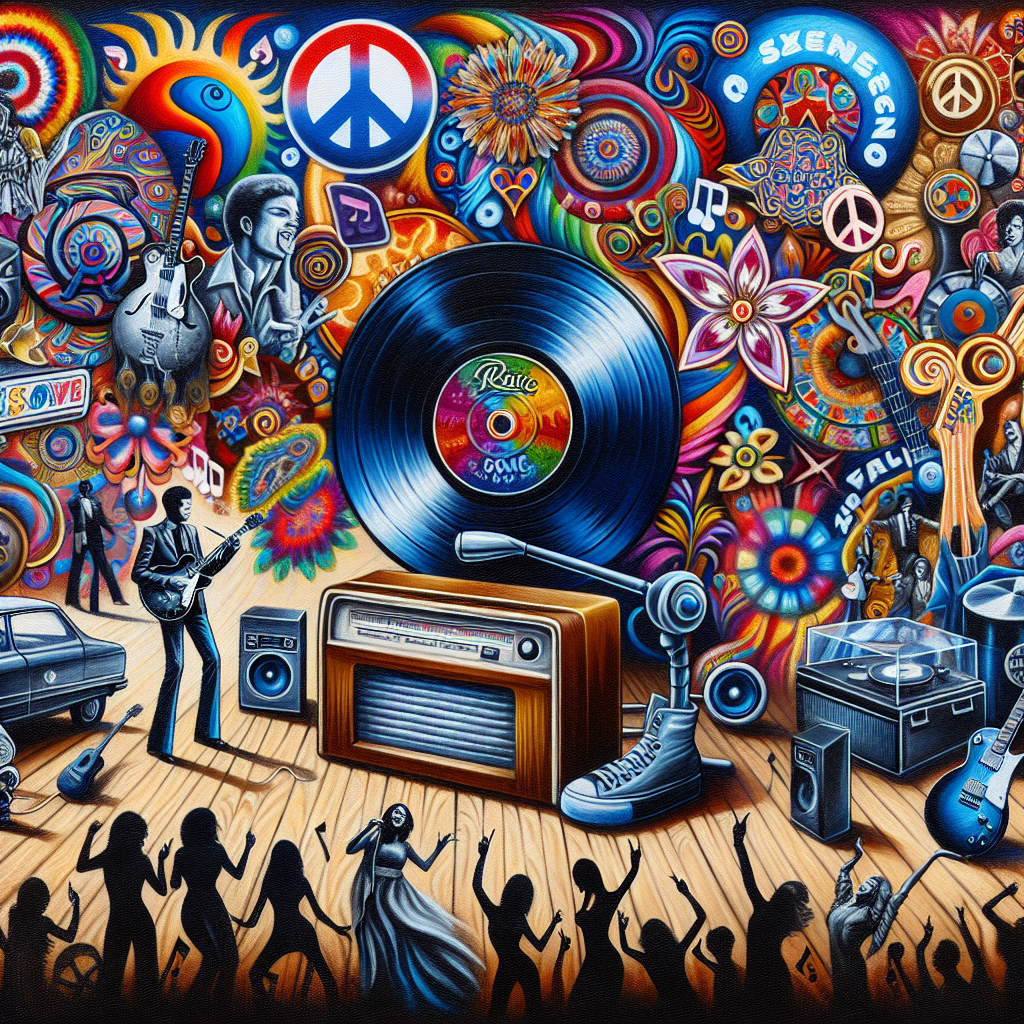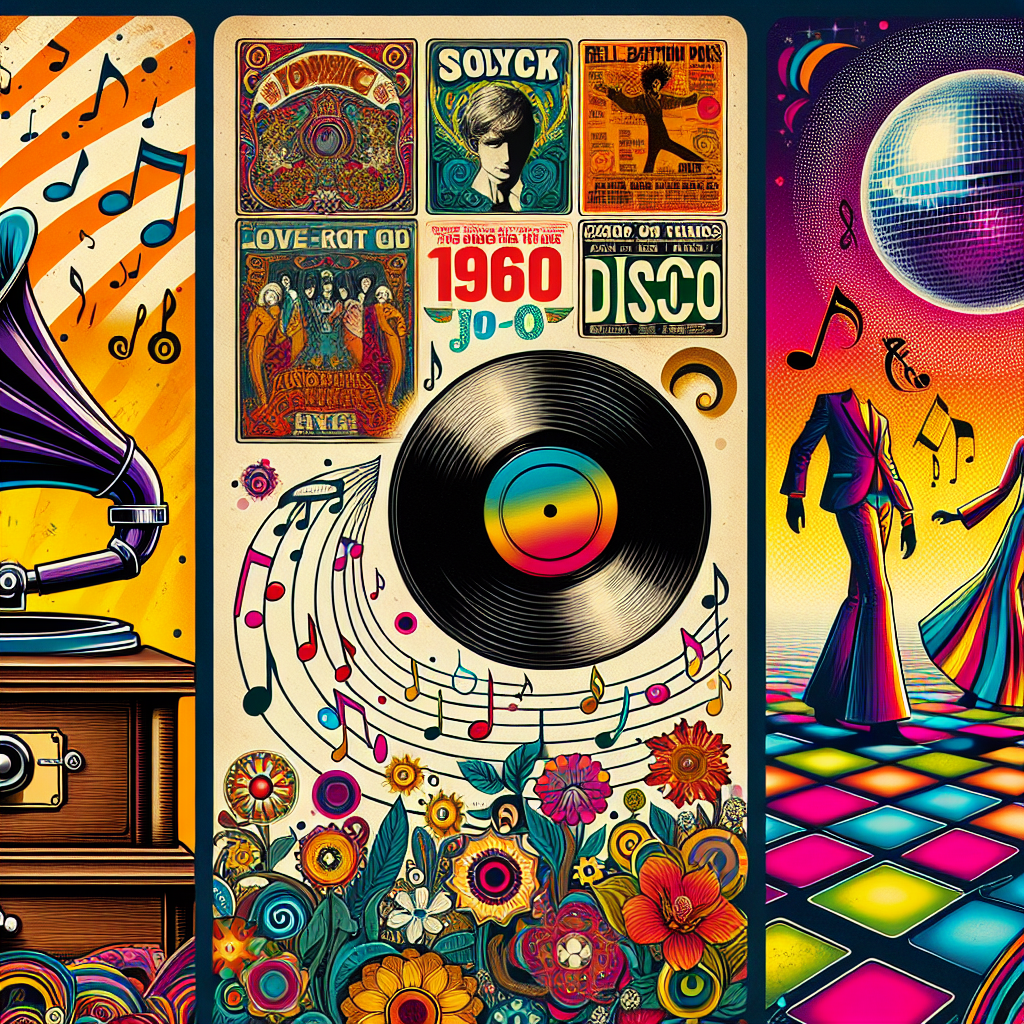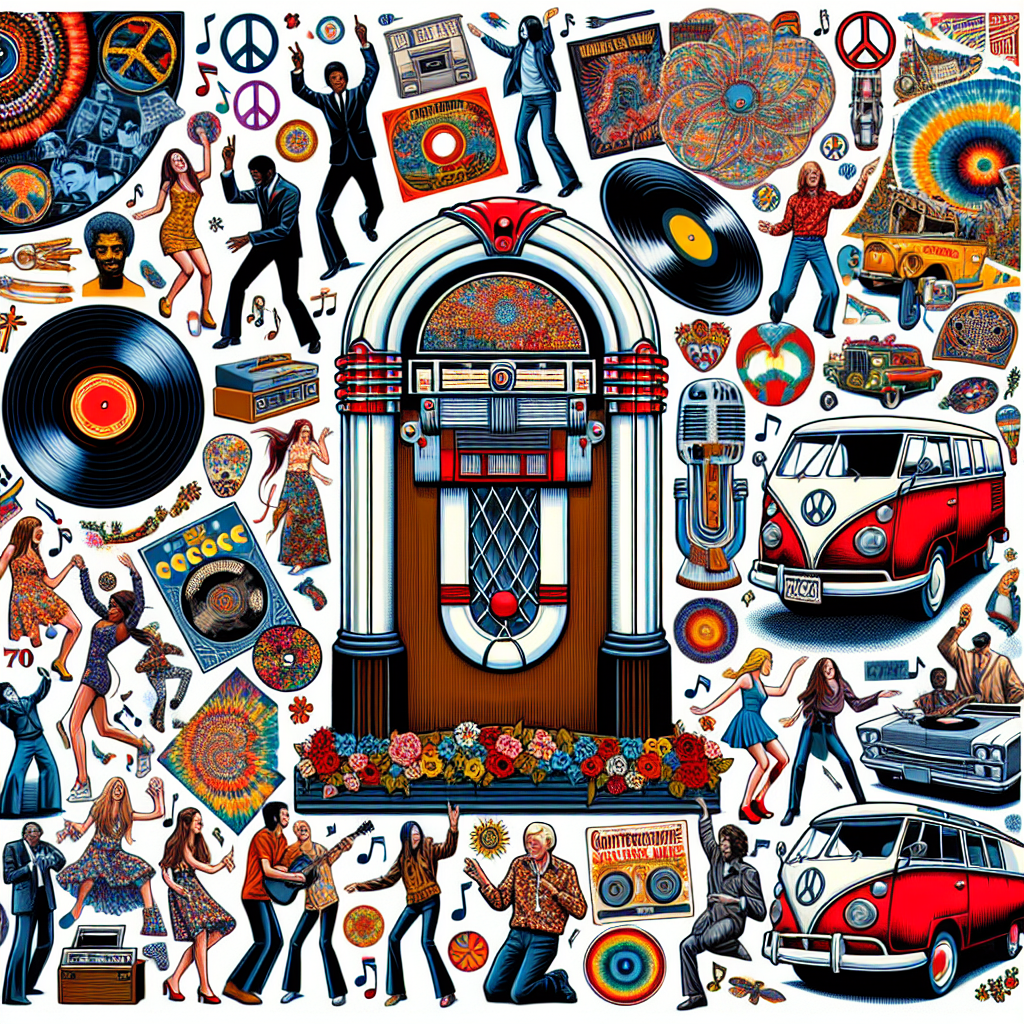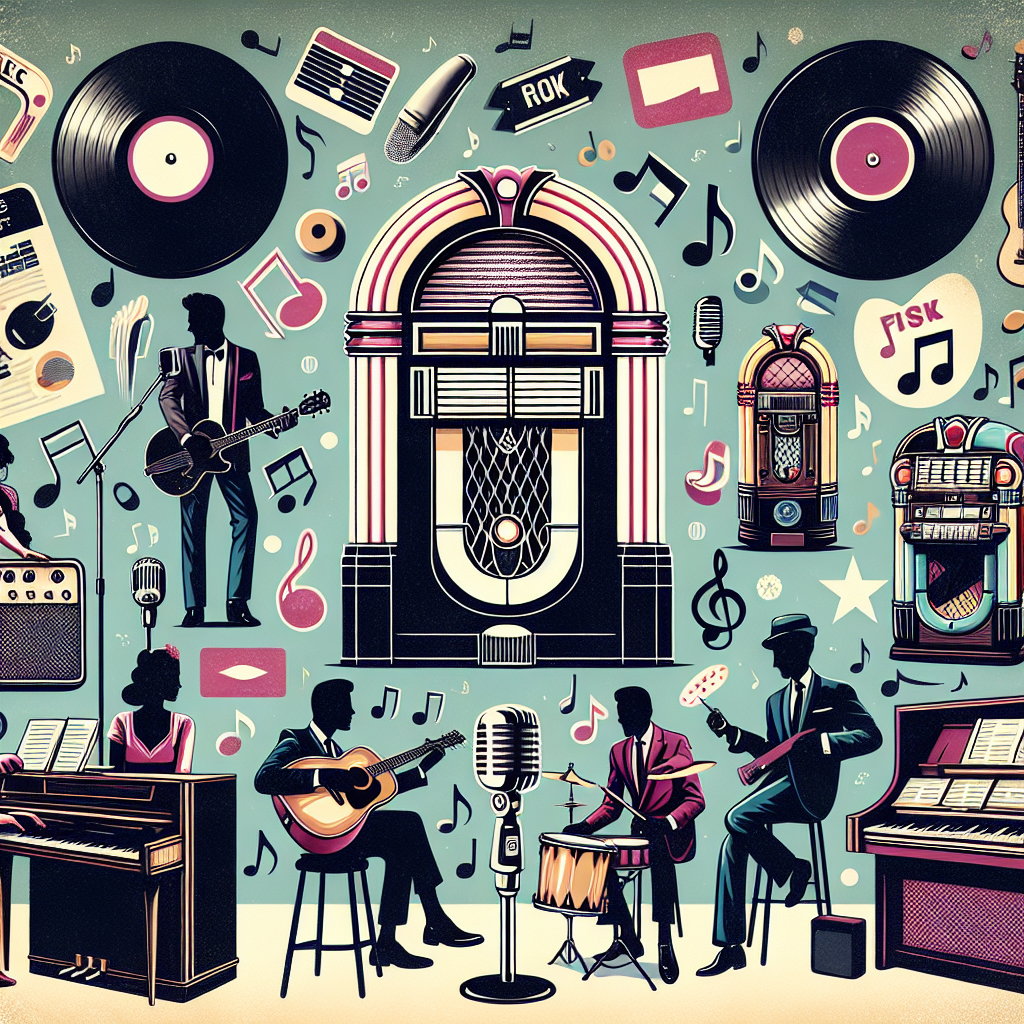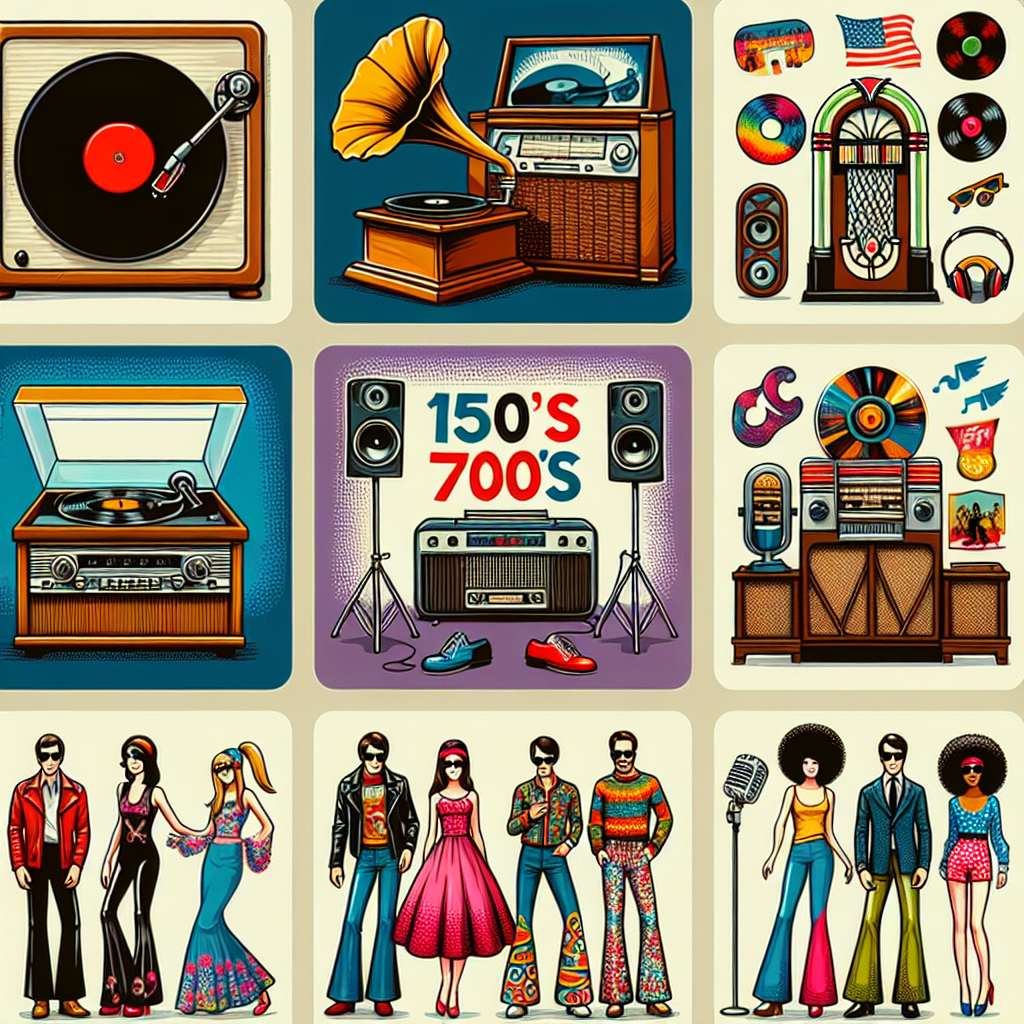The 1960s and 1970s were a time of immense change and upheaval in American society. The counterculture movement that emerged during this period sought to challenge the status quo and push boundaries in all aspects of life, including music, culture, politics, fashion, and technology.
One of the most iconic events of this era was Woodstock, a music festival held in 1969 that came to symbolize the spirit of the counterculture movement. Over half a million people gathered in upstate New York to listen to some of the biggest names in music at the time, including Jimi Hendrix, Janis Joplin, The Who, and Crosby, Stills, Nash & Young. The festival was a celebration of peace, love, and unity, with attendees coming together to revel in the power of music.
But Woodstock was just one example of how music played a central role in shaping the counterculture movement. Artists like Bob Dylan, The Beatles, and Joni Mitchell used their music to express dissent against the Vietnam War, advocate for civil rights, and promote environmental awareness. Their songs became anthems for a generation seeking change and pushing back against the establishment.
Music wasn’t the only aspect of culture that was influenced by the counterculture movement. Fashion also underwent a radical transformation during this time period. Hippie style became popularized with its long hair, tie-dye shirts, bell-bottom jeans, and fringe jackets becoming symbols of rebellion against mainstream norms. People began embracing natural fabrics like cotton and hemp over synthetic materials as a way to connect with nature and reject consumerism.
Politicians were not immune to the influence of the counterculture movement either. The anti-establishment sentiment that pervaded society at the time led to protests against government policies and calls for greater transparency and accountability from elected officials. Figures like Richard Nixon became vilified by young people who saw him as out of touch with their values and concerns.
Advancements in technology also played a role in shaping the counterculture movement. The rise of television allowed for greater dissemination of information and ideas across vast distances. This helped connect like-minded individuals who might otherwise have felt isolated in their beliefs or experiences. The emergence of portable radios also made it easier for people to access music from around the world and discover new artists who spoke to their sensibilities.
Looking back on this era with hindsight allows us to appreciate just how much impact the counterculture movement had on shaping modern society. Its influence can still be seen today in everything from music festivals like Coachella to political movements advocating for social justice. While some may view this period as chaotic or tumultuous, I choose to see it as a time of great creativity and innovation.
The counterculture movement challenged us to think differently about our place in society and our responsibilities towards each other and the planet. It encouraged us to question authority and demand accountability from those in power. And most importantly, it showed us that through art, music, fashion, technology – we have the power to effect change and shape our own destinies.
